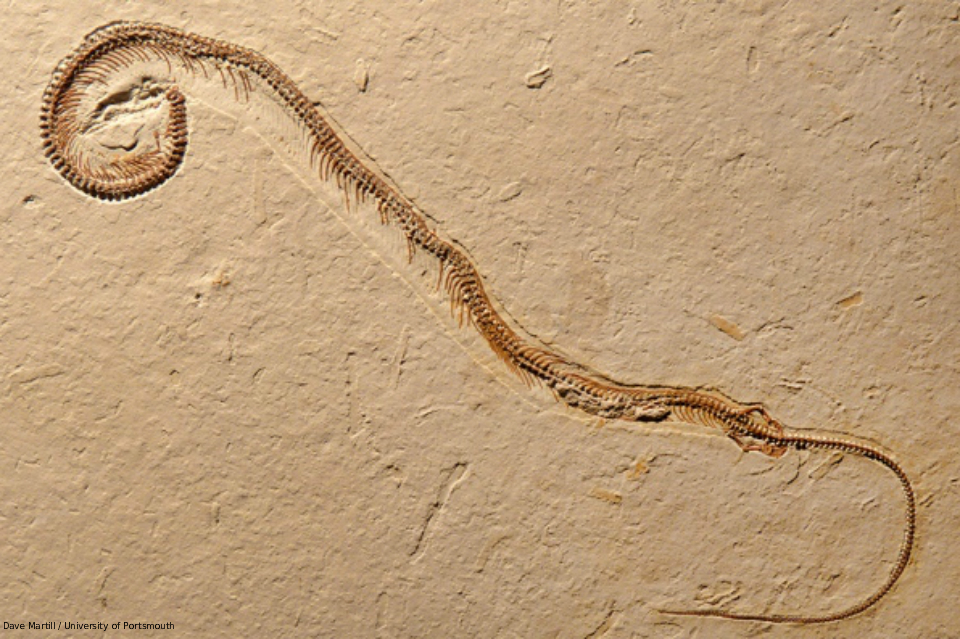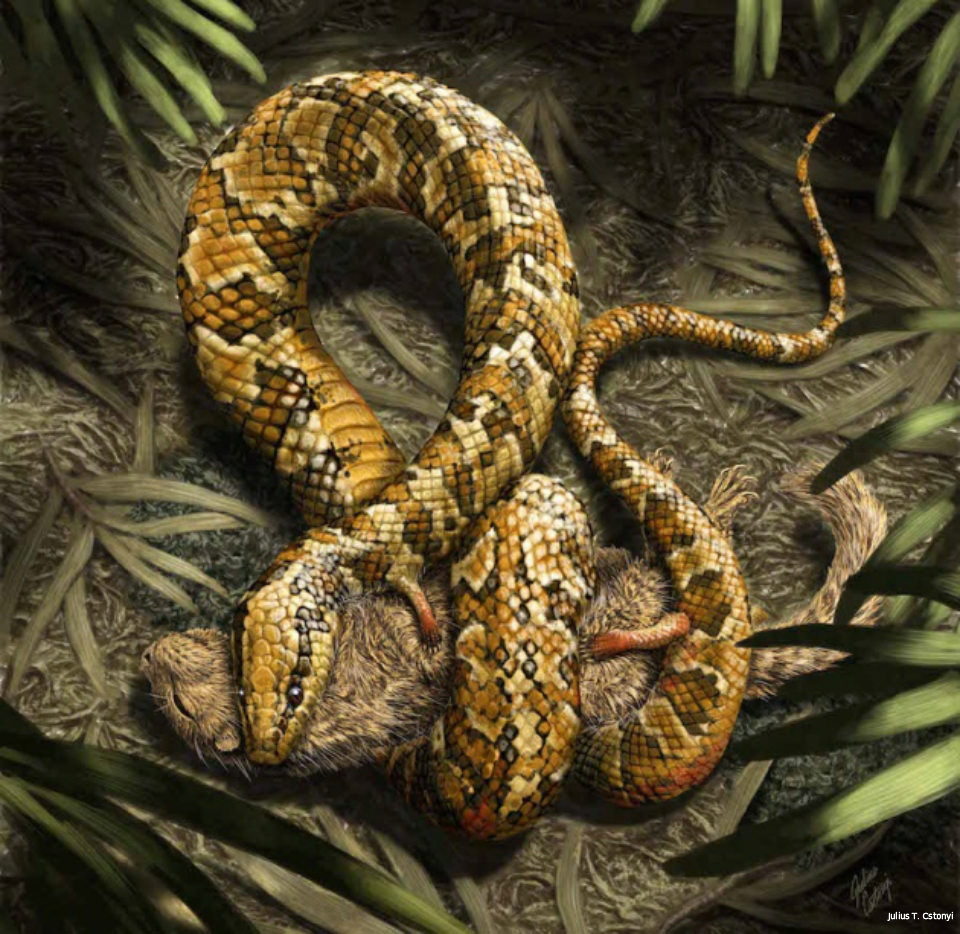ADVERTISEMENT
Filtered by: Scitech
SciTech
This ‘four-legged snake’ is changing the way we think about snake evolution

This four-legged snake fossil is making us change the way we think about how snakes evolved.
But researchers said the creature’s limbs were likely used for grasping prey or holding on to mating partners instead of locomotion, Nature.com reported.
Such speculation inspired scientists to name the snake Tetrapodophis amplectus, which loosely translates to "four-legged hugging snake."
Tetrapodophis has 272 vertebrae, including 160 in its main body. This is more than twice the limit researchers thought elongated bodies could reach before starting to lose their limbs.
Yet, Nick Longrich, a palaeontologist at the University of Bath, UK, said the creature has features that mark it as a snake.
Nature.com said Tetrapodophis was originally found in the Crato Formation in northeastern Brazil several decades back. Its legs may not be seen immediately.


Snakes, lizards
“I was confident it might be a snake,” says David Martill, a palaeobiologist at the University of Portsmouth, UK, who came across the find in 2012.
He said his confidence grew after the specimen was placed under the microscope and checked in detail.
"We had gone to see Archaeopteryx, the missing link between birds and dinosaurs, and discovered Tetrapodophis, the missing link between snakes and lizards,” he said.
For burrowing
While Tetrapodophis lacks adaptations for marine life such as a tail for swimming, its skull and body proportions suggest it has adaptations for burrowing.
Longrich said this indicates snakes originated in the Southern Hemisphere and may have originated on land.
For his part, Martin Cohn, an evolutionary developmental biologist at the University of Florida, said the snake's limbs may have been repurposed by evolution.
Adjusting assumptions
But this may contradict some assumptions about snake evolution, and Cohn noted the paradigm about elongation of the trunk leading to limb loss may have has to be changed.
"This fossil shows that the two processes can be decoupled,” he said.
Cohn also said this discovery comes in a major year for snake evolution research.
Last January, a report of the oldest snake ever found pushed back the snake fossil record some 70 million years to the Middle Jurassic - or around 160 million years ago.
“(F)rom a developmental perspective, this could be one of the most important fossils ever found. The combination of a snake-like body with complete forelimbs and hindlimbs is like a snake version of Archaeopteryx,” he said. — Joel Locsin/TJD, GMA News
More Videos
Most Popular




